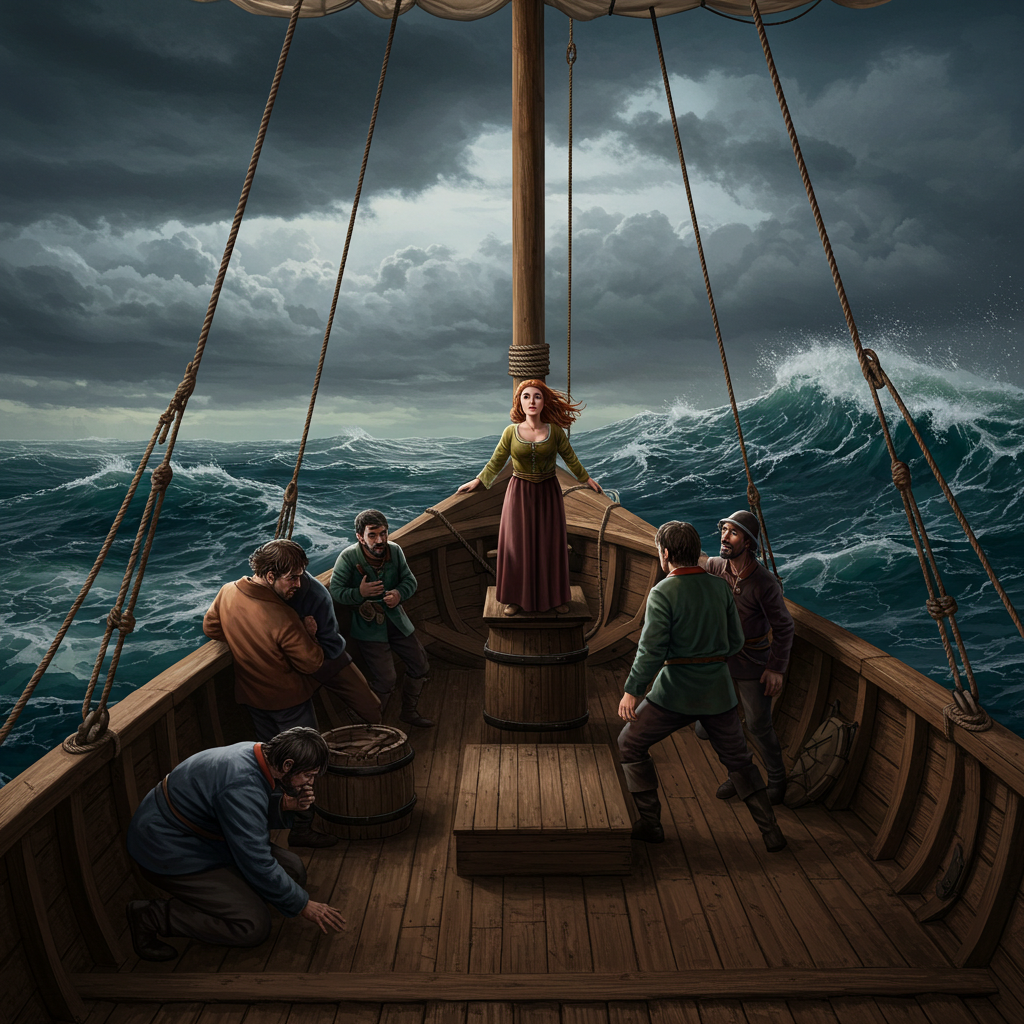For centuries, sailors believed that having a woman aboard a ship would anger the sea and cause disasters ranging from storms and shipwrecks to poor fishing and navigation errors. Women were considered distracting to the crew and offensive to the sea itself, which was often personified as female and jealous. This superstition was so powerful that many vessels categorically refused to allow women aboard, even as passengers on short journeys.

A baby’s future career or fate is predicted by the first object they select during a ceremonial setup.
In several Asian and Eastern European cultures, a traditional ceremony is held for babies usually around their first birthday. Known


